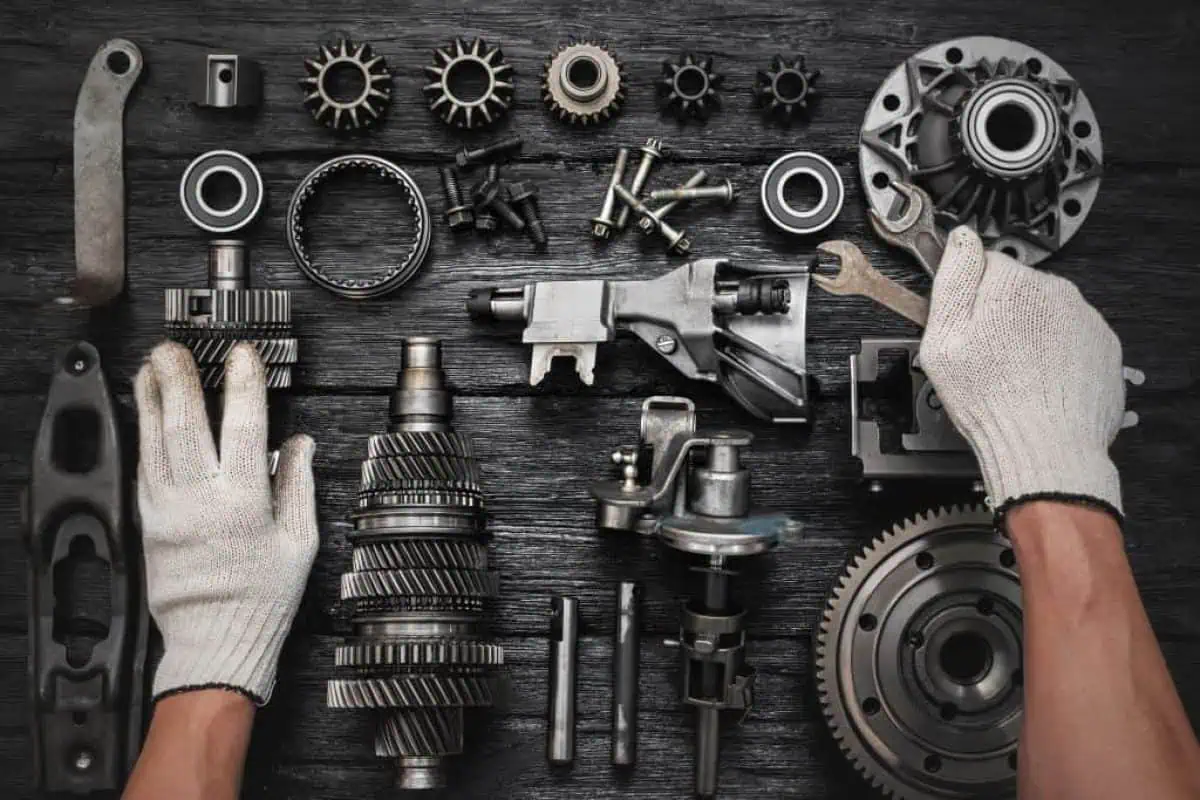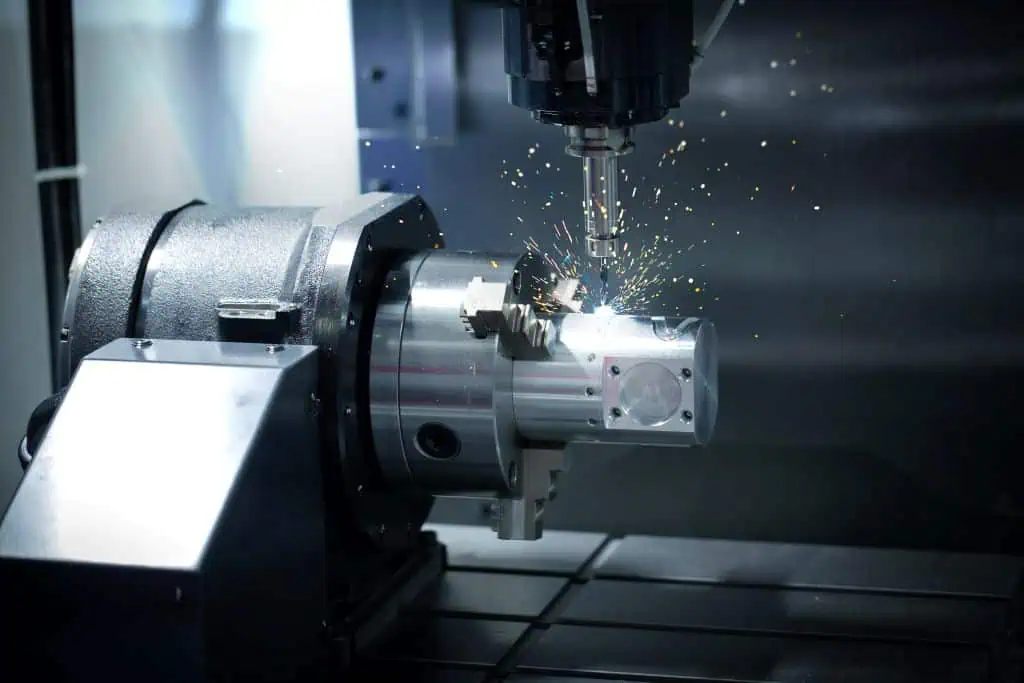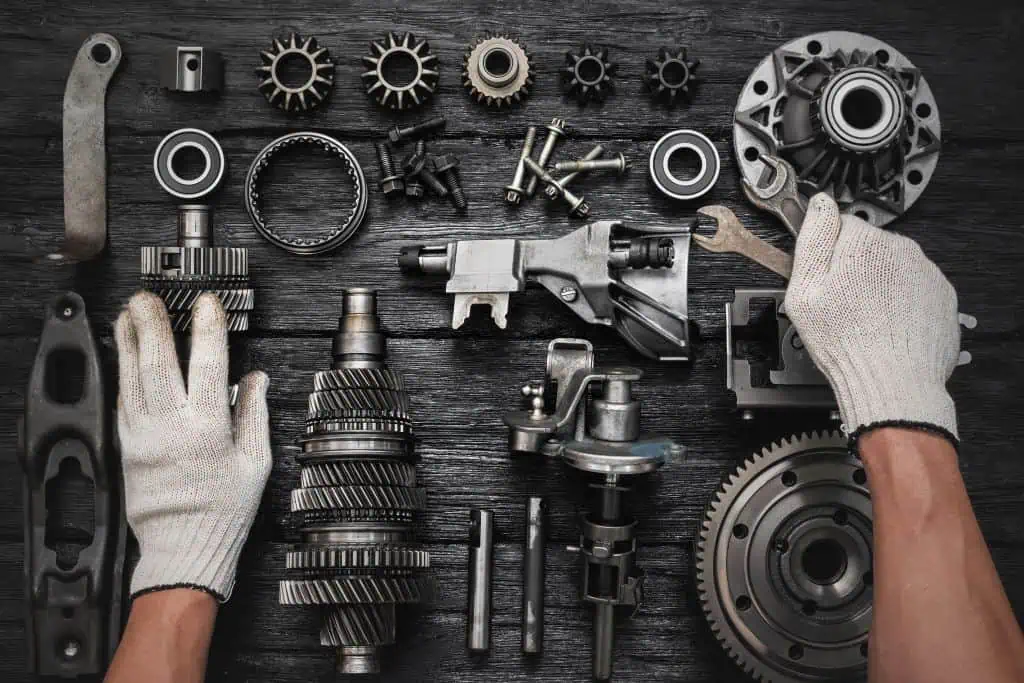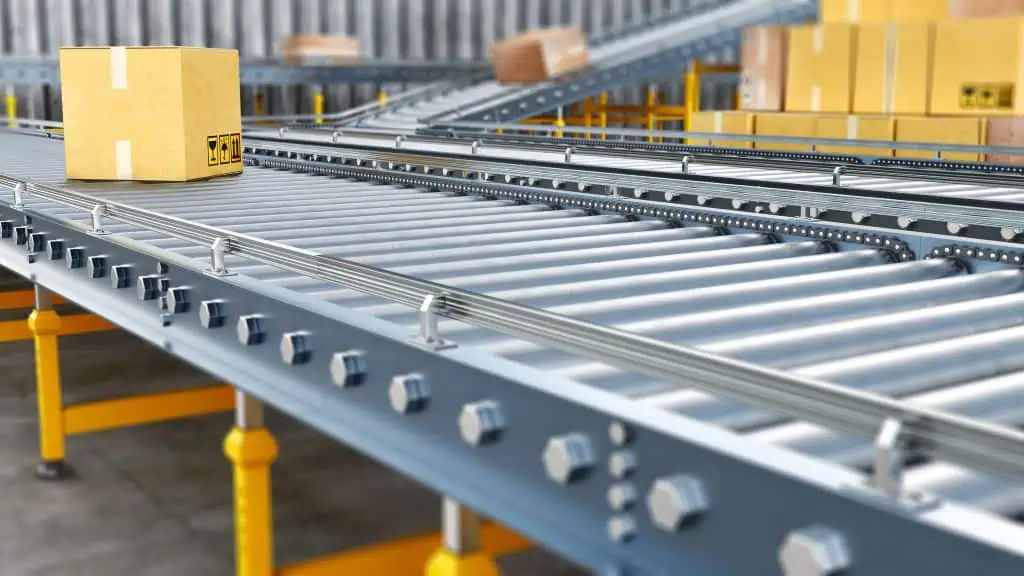Mechanical assembly is the backbone of countless industries, from aerospace to automation. It’s the process of combining individual components into a cohesive system that must perform with precision and reliability. However, this complex process isn’t without its challenges. Issues like inconsistent tolerances, material incompatibility, and environmental factors can disrupt production and compromise performance.
Whether you’re building intricate mechanisms or large-scale systems, understanding these challenges allows you to optimize your assembly processes and achieve long-term success.
Mechanical Assembly 101: Understanding the Process
Mechanical assembly is the process of connecting individual components to create a fully functional system or product. These components can include machined parts, fasteners, bearings, gears, or other manufactured elements. Whether it’s assembling the intricate mechanisms of an aerospace engine or the precise movements within an automated system, mechanical assembly plays a pivotal role in ensuring functionality and reliability.
This process often requires high levels of precision and attention to detail, as even minor misalignments or errors can compromise performance. By combining advanced techniques, specialized tools, and expert craftsmanship, manufacturers like Armes Precision deliver assemblies that meet exact specifications for industries ranging from aerospace to industrial machinery. Mastering this process begins with understanding the challenges outlined below—and how to overcome them effectively.
The Impact of Inconsistent Tolerances
In mechanical assembly, tolerances define the acceptable variations in a part’s dimensions. Even the slightest deviation can lead to misalignment, unreliable movement, or early wear on parts. These small errors can compromise performance and safety for high-precision industries like aerospace or medical equipment.
Beyond functionality, inconsistent tolerances drive up costs by causing rework, material waste, and production delays. Addressing this challenge requires attention to detail and robust processes throughout design and manufacturing.
Solving Inconsistent Tolerances in Assembly
Addressing tolerance inconsistencies requires expertise in advanced manufacturing techniques and strict quality control. Here are proven methods to achieve reliable results:
- Leverage Precision CNC Machining: Multi-axis CNC machining centers, such as those used for complex geometries, consistently produce components with tight tolerances. These tools handle various materials like aluminum, titanium, or stainless steel while delivering exceptional accuracy.
- Opt for Experienced Manual Machining When Needed: For simpler parts requiring a human touch or custom adjustments, skilled machinists can precisely meet specific tolerances through manual machining techniques.
- Conduct Comprehensive Inspections: Inspection technologies like Coordinate Measuring Machines (CMMs) and laser scanning ensure each part meets dimensional specifications before moving to assembly. These tools are instrumental in identifying deviations and maintaining consistency.
- Use Expertise in Diverse Materials: Working with materials like Inconel, plastics, or brass requires knowledge of how they behave during machining. This expertise ensures tolerances are maintained without causing material deformation or defects.
By combining state-of-the-art equipment, skilled machinists, and thorough quality checks, manufacturers can eliminate tolerance inconsistencies and produce reliable components ready for seamless assembly.
Addressing Mismatched Materials in Mechanical Assembly
Material selection is crucial in mechanical assembly, as different materials have unique strengths and challenges. Issues like galvanic corrosion, overheating from poor thermal conductivity, or stress caused by varying expansion rates can disrupt performance. These mismatches often lead to structural failure, increased maintenance costs, and reduced product lifespan, particularly in critical industries like aerospace and medical devices.
Overcoming Material Compatibility Issues
To avoid complications caused by mismatched materials, manufacturers can implement the following strategies:
- Conduct material compatibility testing: Evaluate thermal expansion rates, corrosion resistance, and strength to ensure reliable performance under operating conditions.
- Apply protective coatings: Use anodizing or powder coating treatments to prevent corrosion and enhance material durability.
- Select complementary materials: Choose materials like aluminum for lightweight needs or Inconel for high-temperature applications.
- Use advanced design tools: Predict how materials behave under stress or changing environmental conditions to avoid failures.
- Work with experienced manufacturers: Rely on expertise in handling materials like titanium, brass, and fiberglass to minimize errors and ensure proper assembly.
By focusing on material compatibility early in the design phase, manufacturers can prevent failures and deliver assemblies that meet real-world demands.
Eliminating Errors in the Assembly Process
Errors during assembly often result from improper sequences, inadequate tools, or human oversight. These issues can lead to misaligned components, incorrect fastening, or incomplete assemblies, all of which compromise the functionality and reliability of the final product. Assembly mistakes cause delays, drive up rework costs, and introduce safety risks in critical systems.
For industries like aerospace, automation, and defense, precision is essential. Addressing assembly errors early ensures smoother workflows, reduced waste, and dependable end products.
Streamlining the Assembly Process for Precision
Reducing assembly errors involves careful planning and precision-focused techniques:
- Develop clear assembly plans: Outline proper sequences with step-by-step guidance for positioning and fastening components.
- Invest in advanced tools: Use torque-controlled equipment for consistent fastening or robotic systems to ensure repeatability.
- Use custom fixtures and jigs: Maintain alignment during assembly to reduce variability and improve precision.
- Train technicians thoroughly: Provide comprehensive training on equipment use and quality standards to minimize errors.
- Conduct quality checks at key steps: Utilize tools like laser alignment systems or CMMs to catch issues early and ensure accuracy.
- Monitor processes in real-time: Identify inefficiencies and refine workflows for consistent and reliable results.
By integrating robust planning, skilled labor, and advanced tools into the assembly process, manufacturers can achieve precision-driven results while avoiding costly errors.
Managing Environmental and Thermal Factors in Assembly
Environmental and thermal conditions play a significant role in the performance and lifespan of mechanical assemblies. Temperature fluctuations, humidity, or exposure to contaminants like dust and chemicals can compromise material properties and affect fit. Thermal expansion or contraction may misalign parts, while moisture or corrosion can degrade materials over time.
Neglecting these factors can lead to system failures, higher maintenance costs, and reduced functionality—particularly in industries like aerospace and defense, where assemblies must endure extreme environments.
Durable Solutions for Environmental Challenges
To build assemblies that perform reliably under harsh conditions, consider these strategies:
- Select resilient materials: Use materials like Inconel for heat resistance or stainless steel for humid or marine environments.
- Use predictive tools: Account for thermal expansion or contraction and include features like flexible joints or gaps for proper alignment.
- Apply protective coatings: Protect surfaces with anodizing, powder coating, or anti-corrosion layers to enhance durability.
- Design with seals and enclosures: Shield components from dust, moisture, and chemicals for reliable performance in harsh conditions.
- Conduct environmental stress testing: Simulate real-world conditions to verify durability and functionality before deployment.
By focusing on these measures during design and assembly, manufacturers can ensure their mechanical systems stand up to environmental challenges while delivering consistent, reliable performance.
Reliable Mechanical Assembly Solutions
Mechanical assembly requires precision, and that precision starts with the manufacture of components. Addressing issues with tolerances, material compatibility, and others early in the process by using advanced tools and skilled execution, you can ensure assemblies that perform reliably in any application.
Looking for a trusted partner to handle your mechanical assembly needs? With over 29 years of experience and a proven commitment to quality, Armes Precision is here to help. Send an RFQ today to get started on your next project.














